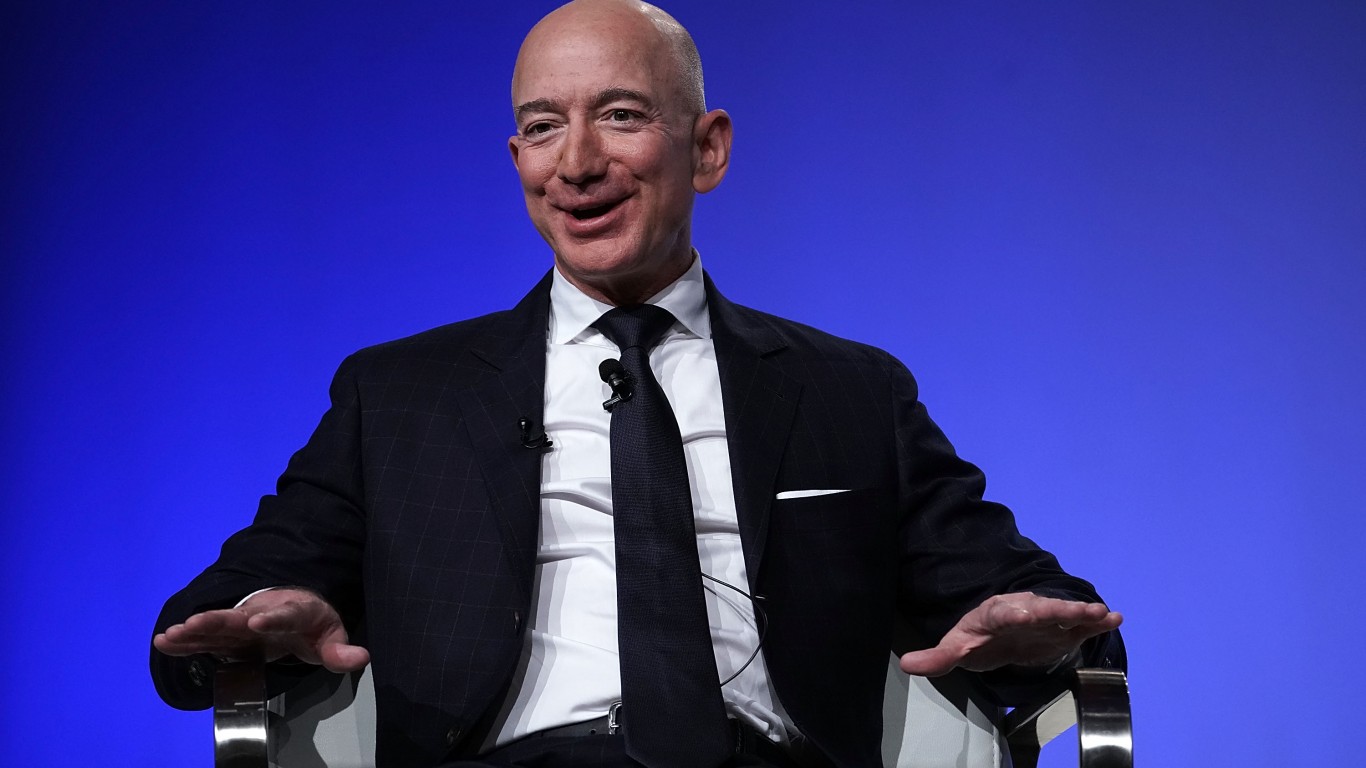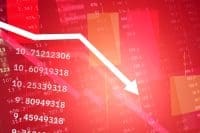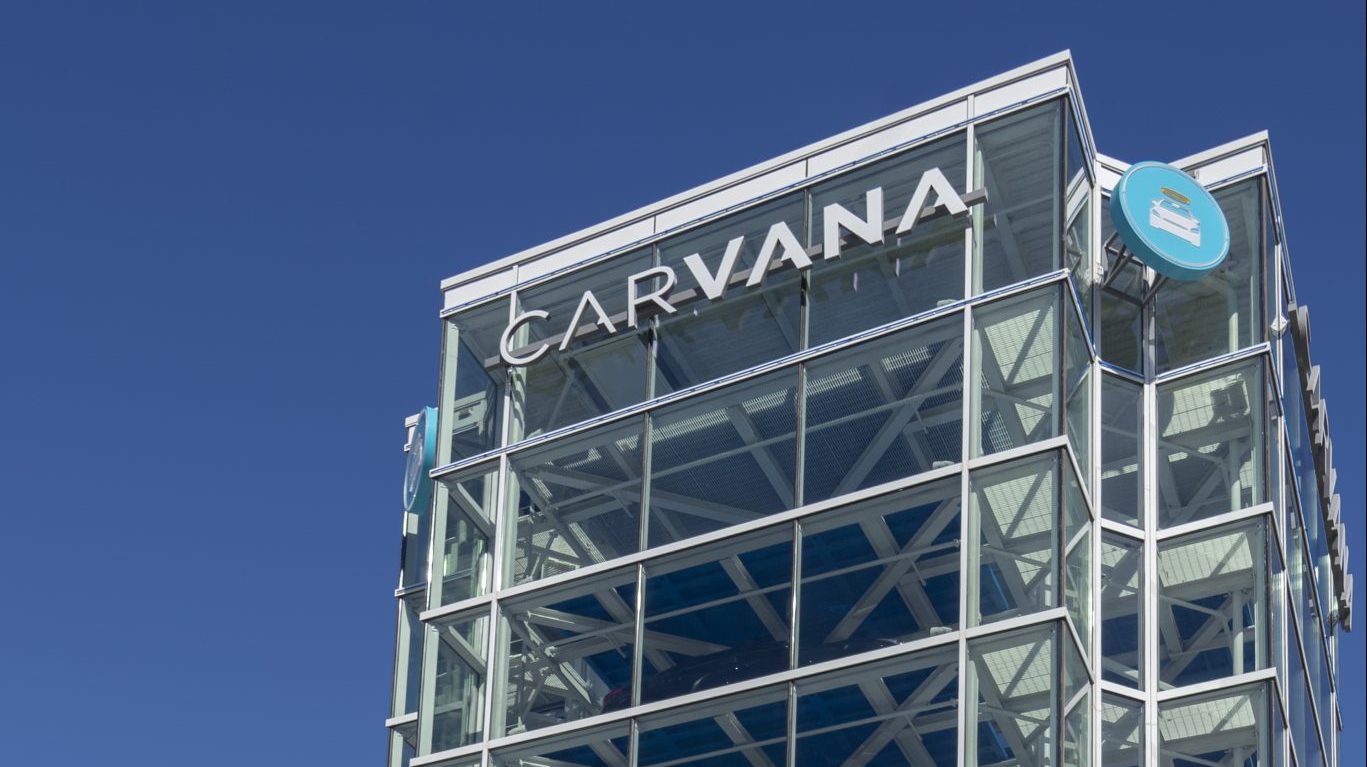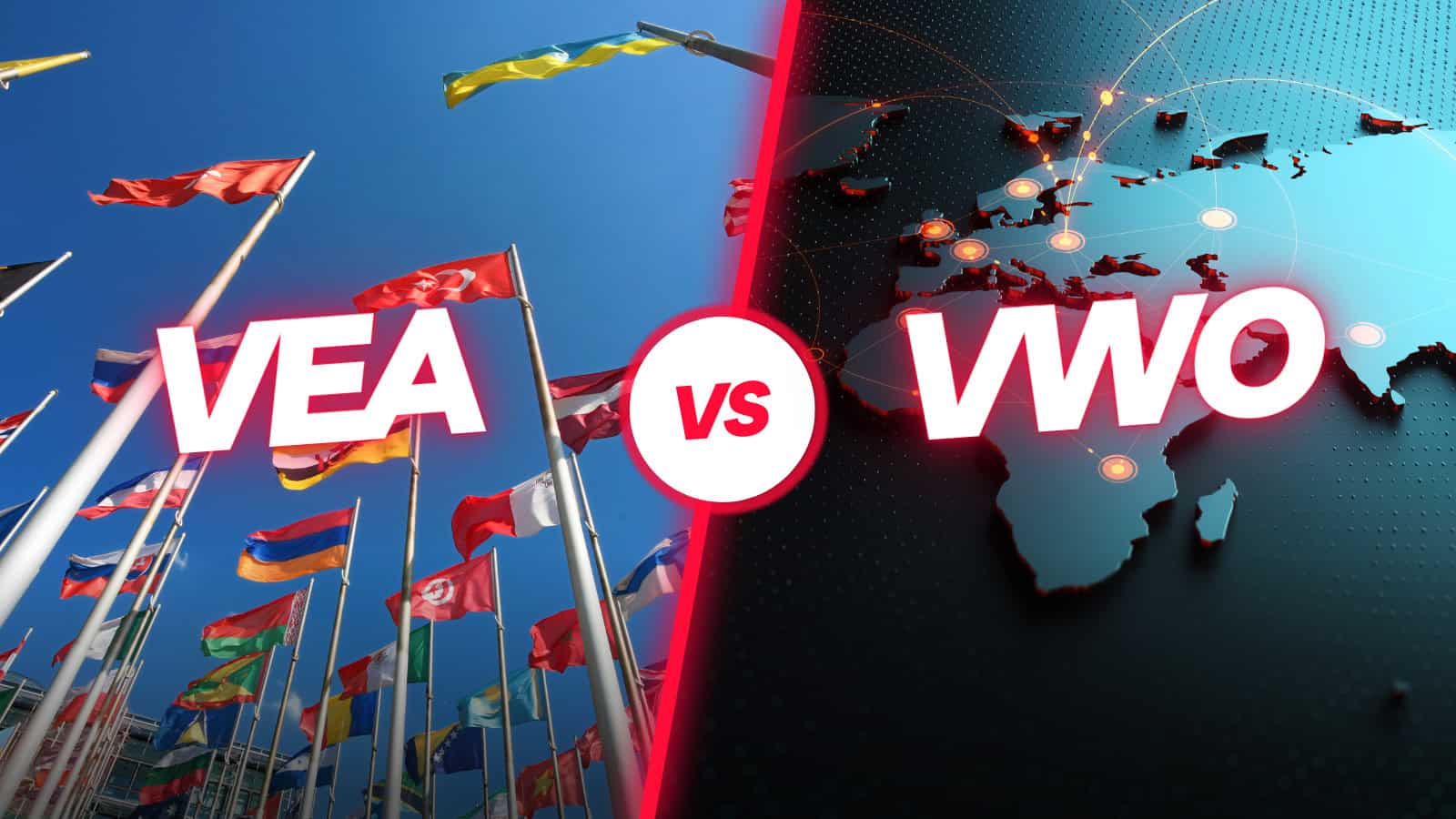
After President Donald Trump’s November 2024 election victory, the Financial Times had reported $140 billion new investment into US equity funds in just the first month. While there is certainly cause for optimism for upcoming US financial prospects, the rest of the world still offers plenty of companies with financial prospects in their home countries that contain good, and in some cases, superior upside prospects compared to some US companies.
Key Points
-
Exposure to international markets is a good portfolio diversification measure, as numerous profitable opportunities exist outside of the US.
-
Companies from developed market nations in Asia and Europe contain many recognizable global brand names that are ubiquitous in American culture. Vanguard’s VEA ETF is a convenient way to access that market.
-
Emerging market companies that are incorporating the latest technologies often are in resource rich nations, which make for strong, rapid upside potential, but with corresponding volatility. Vanguard’s VWO covers this market in an ETF format.
-
4 million Americans are set to retire this year. If you want to join them, click here now to see if you’re behind, or ahead. It only takes a minute. (Sponsor)
The Lure of International Markets – Developed and Emerging
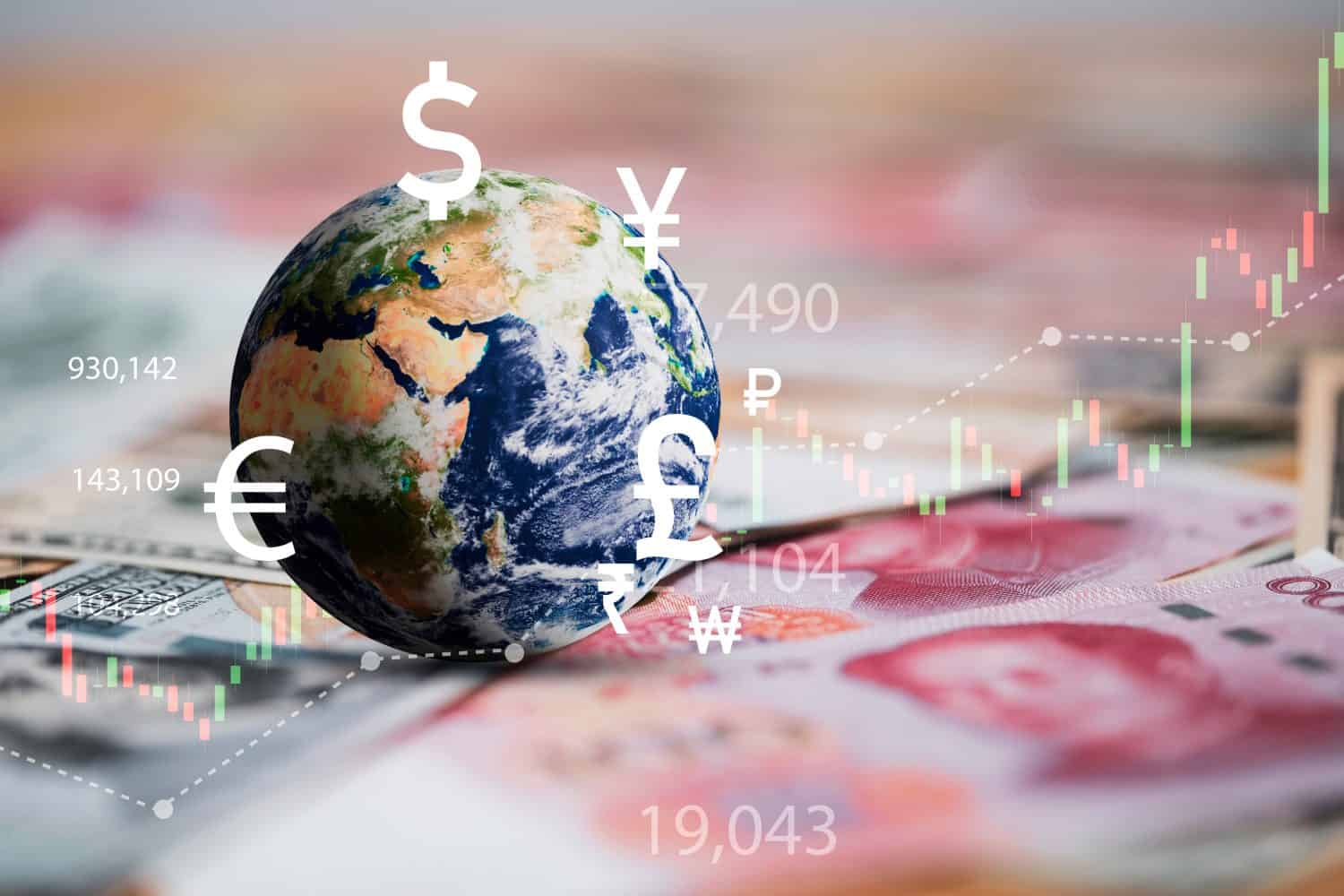
International markets, which, for investment purposes, can be defined as any markets that are outside of the US, basically reference the rest of the planet. They are roughly divided by the categories of Developed Markets and Emerging Markets.
Conventional wisdom would normally lead one to think that the definitions would be fairly cut and dried: Developed Markets would include those with the largest economies and GDP while Emerging Markets would be those underdeveloped nations that are still struggling to feed their impoverished populations and supply basic services. However, that assumption would be wrong.
Perhaps the current categorizations are still a relic holdover from the Cold War, but until the definitions are updated, a sampling of Developed and Emerging Market puzzlingly are allocated as follows (in no particular order):
|
Developed Markets |
Emerging Markets |
|
United States |
China |
|
Japan |
Russia |
|
United Kingdom |
Brazil |
|
Canada |
South Africa |
|
Germany |
India |
|
Australia |
Indonesia |
|
Singapore |
Saudi Arabia |
|
Italy |
Argentina |
|
Switzerland |
Taiwan |
|
Denmark |
Mexico |
South Korea’s status is apparently fluctuating between “developed” and “emerging”.
While the categories may be subject to change, we are well aware that in the global market, South Korean K-Pop music, German made Mercedes-Benz luxury cars, Sony TVs from Japan, and Ozempic obesity and diabetes drugs from Danish pharma titan Novo Nordisk are ubiquitous. However, China has the second largest economy in the world after the US, and much of Europe is dependent on Russian oil and gas for its energy needs. So the boundaries can be somewhat blurred, and indeed, this is reflected in the financial marketplace and in the investment world.
Investors seeking exposure to either category for their portfolios can access them through Exchange Traded Funds (ETF) that offer diversified portfolios of various international stocks that often can see lucrative gains through regional or domestic operations in their home countries that don’t even register mention in US news reporting. ETFs are, for the majority, passively managed, and designed to track specified indexes as their benchmarks for performance.
Vanguard is the second largest asset manager in the financial arena, with $10.4 trillion AUM as of the end of 2024. Its most popular products are its mutual funds and ETFs, in no small part thanks to the focus of its founder, John Bogle, also known as “The Father of Index Investing.”
Vanguard’s primary ETF for international developed markets investors is the Vanguard FTSE Developed Markets ETF (NYSE: VEA). Investors with an interest in international emerging markets will likely find the Vanguard FTSE Emerging Markets ETF (NYSE: VWO) to their liking.
Vanguard FTSE Developed Markets ETF

The Vanguard FTSE Developed Markets ETF (NYSE: VEA) is created to track the MSCI Developed All Cap ex US Index. With a July 2007 inception date, VEA includes a range of large-cap and mid-cap stocks from Canada, Europe, Middle East, and the Pacific Rim.
An overview of VEA includes the following (as of 1/31/2025):
|
Net Assets |
$202.9 billion |
|
Yield |
3.21% |
|
Average Daily Volume |
12.11 million shares |
|
Expense Ratio |
0.03% |
|
Beta |
1.09 |
|
1-Year Return |
8.90% |
|
5-Year Return |
6.31% |
|
10-year Return |
5.86% |
VEA holds 3.916 stocks but its top 10 holdings give a good idea of the ETF’s breadth of coverage. Europe accounts for 52.90% of issues, 35.70% for PacRim, 10.60% for North America, and the Middle East at 0.80%.
|
Name |
Country |
Pct % |
|
SAP SE |
Germany |
1.30% |
|
ASML Holding NV |
Netherlands |
1.25% |
|
Novo Nordisk A/S |
Denmark |
1.12% |
|
Toyota Motor Corp. |
Japan |
0.94% |
|
Nestlé S.A. |
Switzerland |
0.94% |
|
Roche Holdings, AG |
Switzerland |
0.93% |
|
AstraZeneca plc |
UK |
0.90% |
|
Novartis AG |
Switzerland |
0.90% |
|
Shell plc |
UK |
0.87% |
|
HSBC Holdings plc |
UK |
0.82% |
From a sector perspective, VEA is weighted in the following sectors:
- Financial Services – 21.72%
- Industrials – 17.65%
- Technology – 10.83%
- Consumer Cyclical – 10.37%
- Healthcare – 10.37%
Vanguard FTSE Emerging Markets ETF (NYSE: VWO)
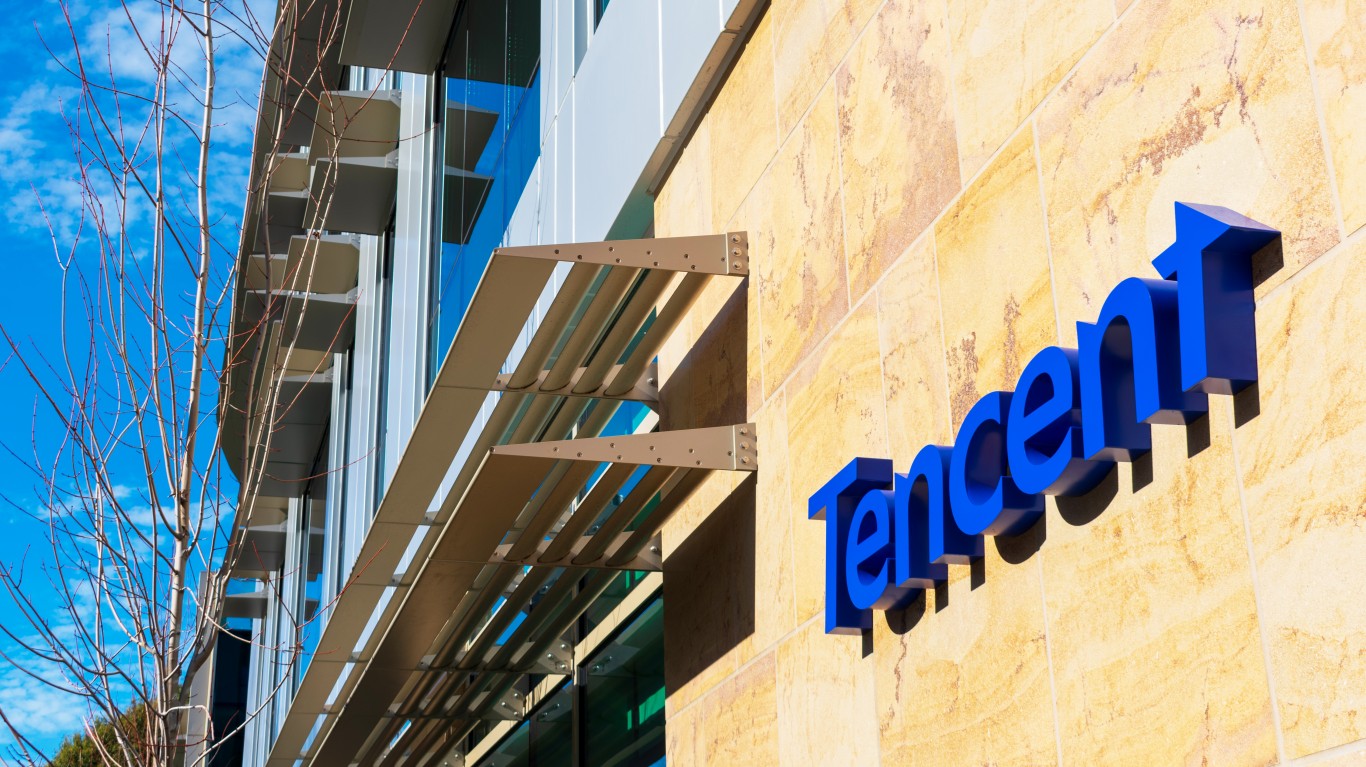
The Vanguard FTSE Emerging Markets ETF (NYSE: VWO) was launched in March 2005 It tracks the FTSE Emerging Markets All Cap China A Inclusion Index. It carries a broad range of stocks from emerging markets, such as China, Brazil, Taiwan, and South Africa. The reference to “China A Inclusion” means that the ETF has access to purchasing Chinese market “A” shares, which are normally only available to domestic Chinese investors.
An overview of VWO includes the following:
|
Net Assets |
$109.55 billion |
|
Yield |
3.17% |
|
Average Daily Volume |
8.26 million shares |
|
Expense Ratio |
0.07% |
|
Beta |
0.87 |
|
1-Year Return |
15.57% |
|
5-Year Return |
4.30% |
|
10-year Return |
4.09% |
VWO holds 5,884 stocks and its top 10 holdings reflect Emerging Market preponderance Emerging Markets make up 99%. Country wise, the top 5 largest country holdings are: 1) China – 29.90%, 2) India – 22%, 3) Taiwan – 21%, 4) Saudi Arabia – 4.5%, 5) Brazil – 4.4%.
|
Name |
Country |
Pct % |
|
Taiwan Semiconductor |
Taiwan |
9.11% |
|
Tencent Holdings |
China |
3.70% |
|
Alibaba Group Holdings |
China |
2.36% |
|
HDFC Bank Ltd. |
India |
1.25% |
|
Meituan Dianping Class B |
China |
1.19% |
|
Reliance Industries Ltd. |
India |
1.10% |
|
Xiaomi Corp. Class B |
China |
0.93% |
|
PDD Holdings |
China |
0.90% |
|
Infosys, Ltd. |
India |
0.87% |
|
China Construction Bank Corp. Class H |
China |
0.86% |
From a sector perspective, VWO is weighted in the following sectors:
- Financial Services – 21.70%
- Technology – 21.35%
- Consumer Cyclical – 12.67%
- Communications Services – 8.82%
- Industrials – 8.50%
- Basic Materials – 6.81%
Apples, Oranges, or Fruit Salad?
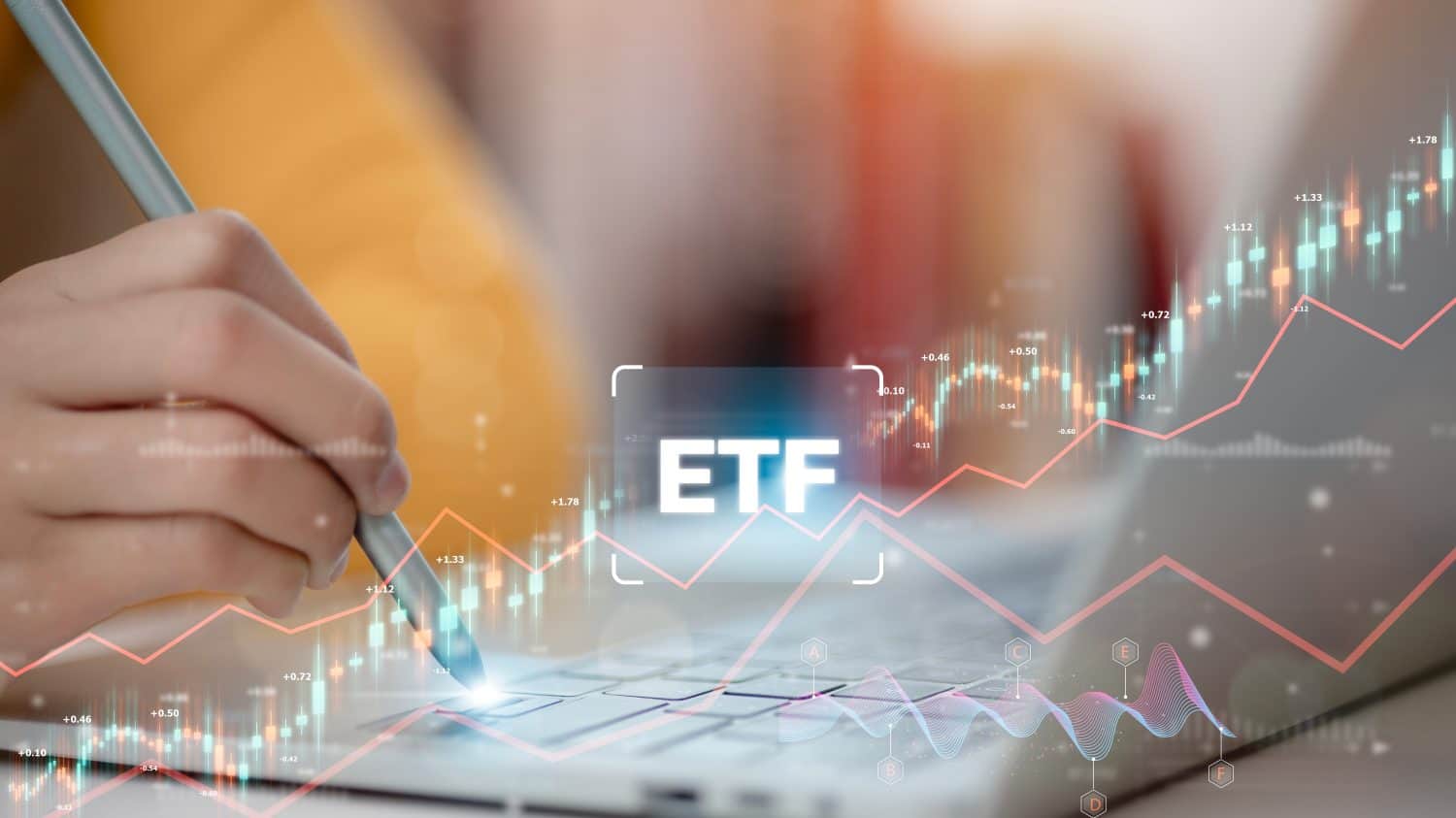
Clearly, VEA and VWO are covering significantly different sectors. The extra volatility of VWO’s emerging markets coverage is obvious: The 1 year return of VWO is 15.57%, close to 90% that of the 8.90% 1 year return for VEA. However, over the longer term, VEA has a 10-year return of 5.86% vs. 4.09% for VWO.
If drugmakers such as Roche, Novo Nordisk, and AstraZeneca are of interest, VEA’s positions in those companies will certainly afford an investor commensurate upside as their drugs continue to expand around the world, but especially in the US.
If technology and digital assets are a focus, VWO has positions in some of the top technology companies on the planet. Taiwan Semiconductor is the exclusive manufacturer for both Nvidia and AMD GPUs, which are crucial for AI. Concurrently, Tencent, Alibaba, Xiaomi, PDD, and Meituan compete head to head with Magnificent 7 companies Alphabet (Google), Amazon, Meta Platforms (Facebook), and Apple, and dominate market share in the PacRim. Additionally, President Trump’s recent meeting with India’s Prime Minister Narendra Modi appears to have resolved India’s unbalanced tariff ratio dispute with the US and a pledge to buy US made F-35 military jets and increase Indian import of US products to $500 billion over the next 5 years
On the other hand, concerns over Chinese and Taiwan tariffs remain, even forcing Taiwan Semiconductor to open several factories in Arizona to avoid tariffs and maintain a market presence in the US.
A mixed portfolio approach, which combines a risk tolerance acceptable ratio of both ETFs might be a best of both worlds combination, since there is little crossover between the two ETF portfolios.
It’s Your Money, Your Future—Own It (sponsor)
Retirement can be daunting, but it doesn’t need to be.
Imagine having an expert in your corner to help you with your financial goals. Someone to help you determine if you’re ahead, behind, or right on track. With SmartAsset, that’s not just a dream—it’s reality. This free tool connects you with pre-screened financial advisors who work in your best interests. It’s quick, it’s easy, so take the leap today and start planning smarter!
Don’t waste another minute; get started right here and help your retirement dreams become a retirement reality.
Thank you for reading! Have some feedback for us?
Contact the 24/7 Wall St. editorial team.



